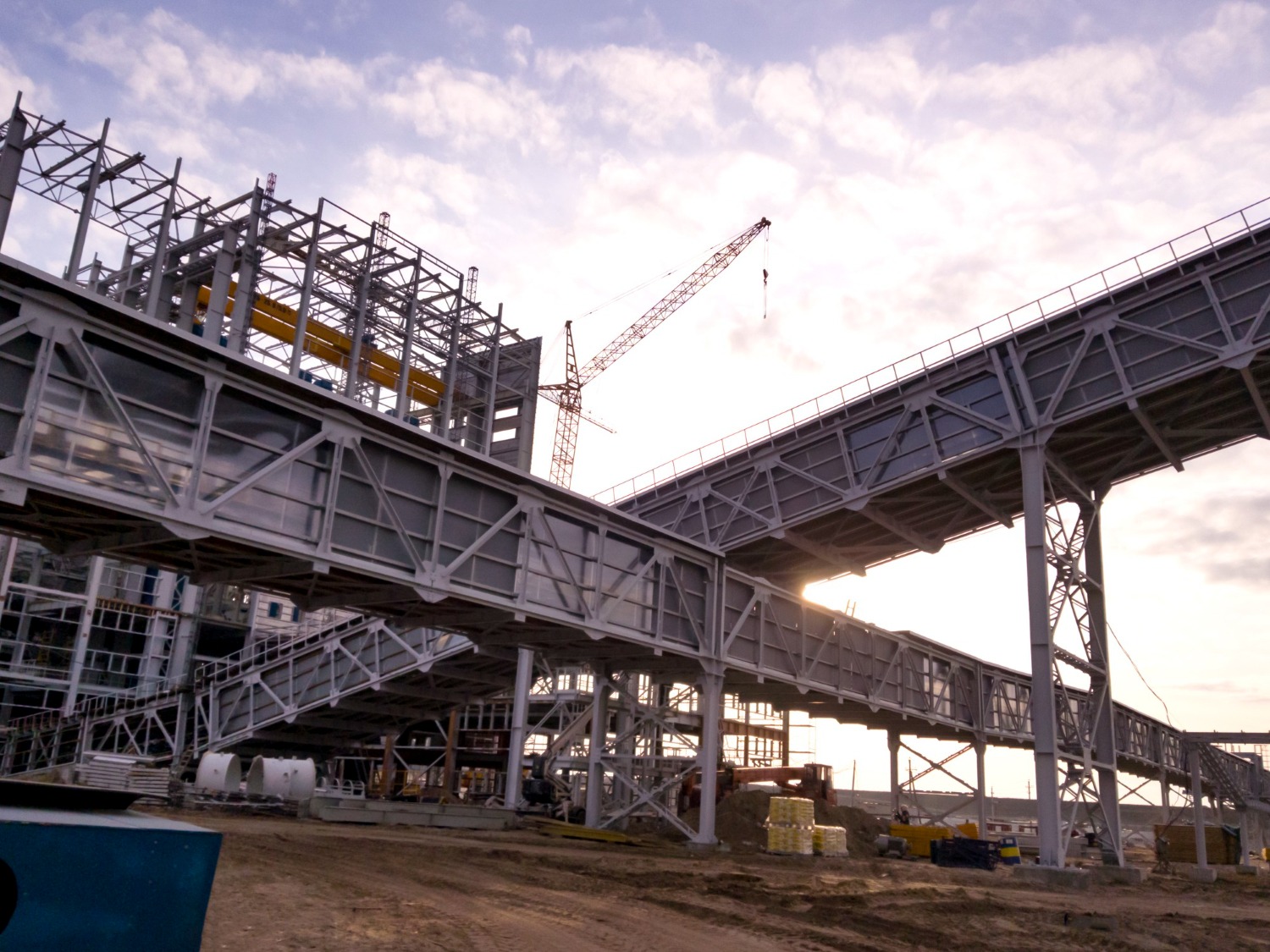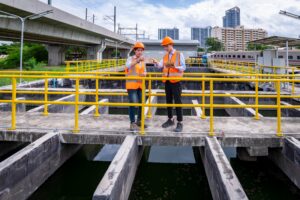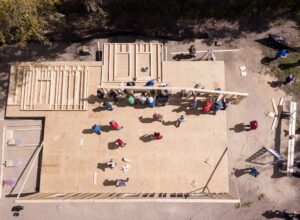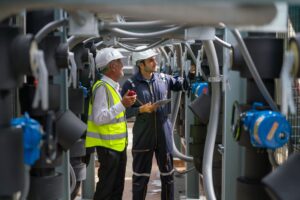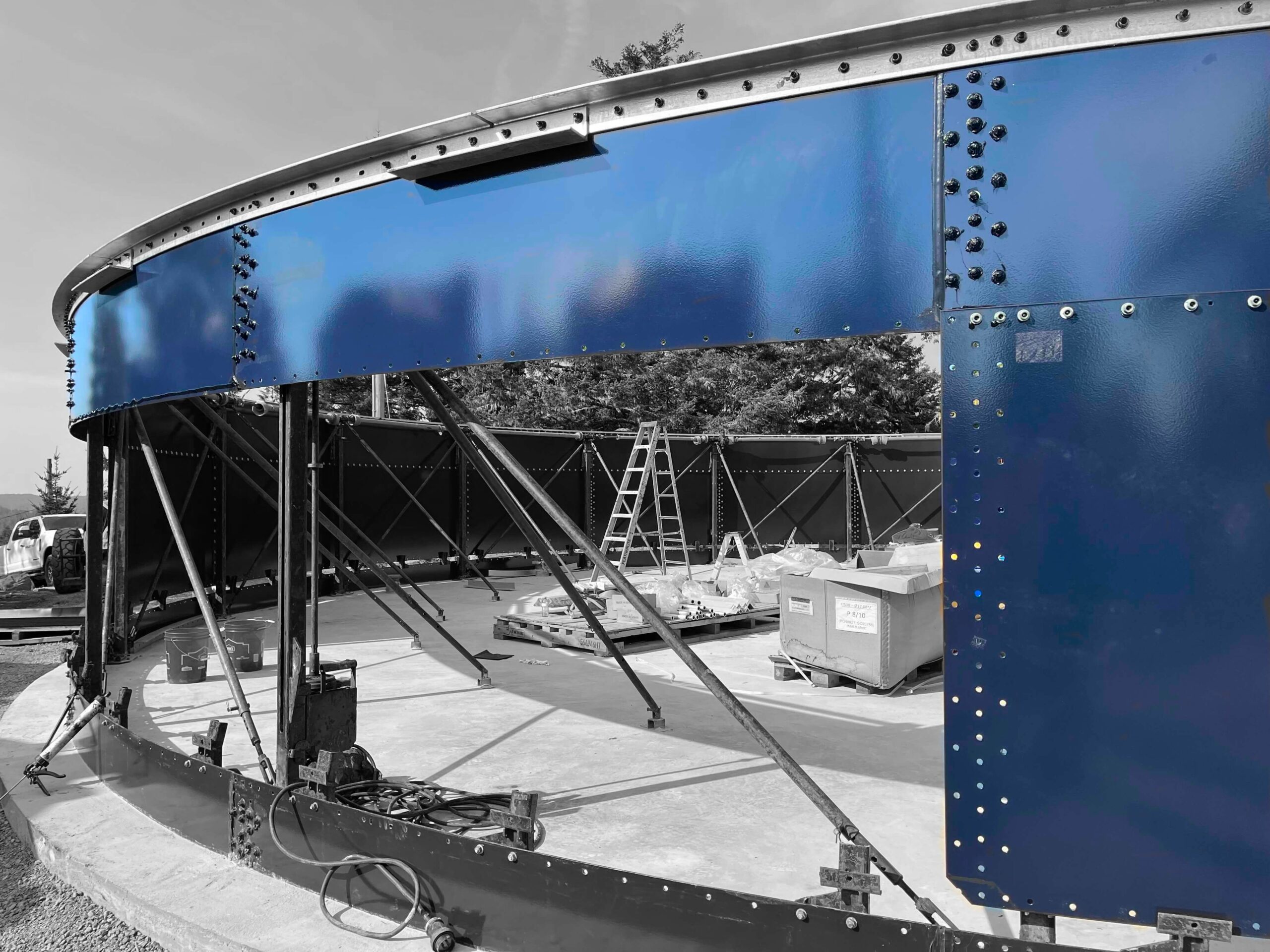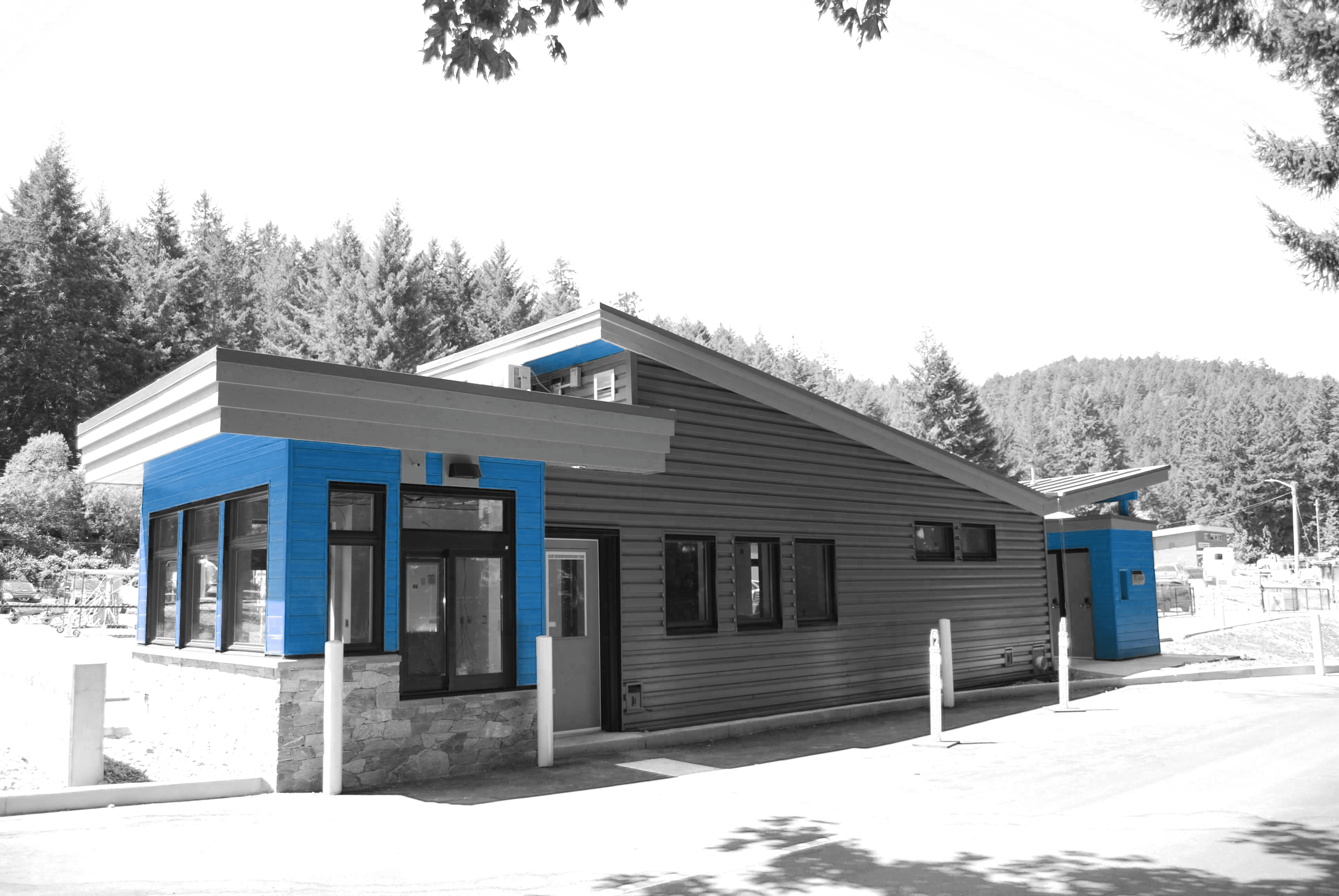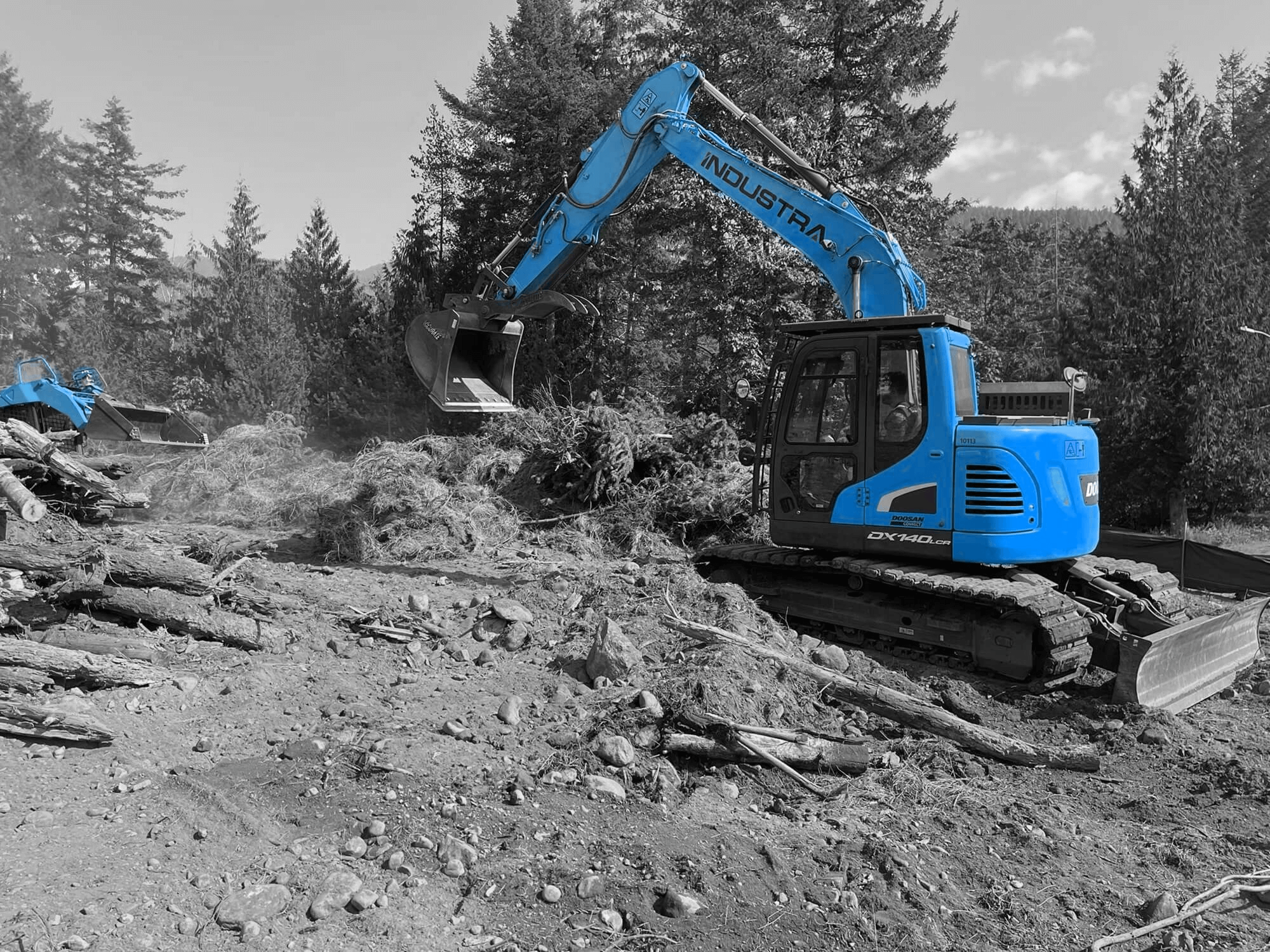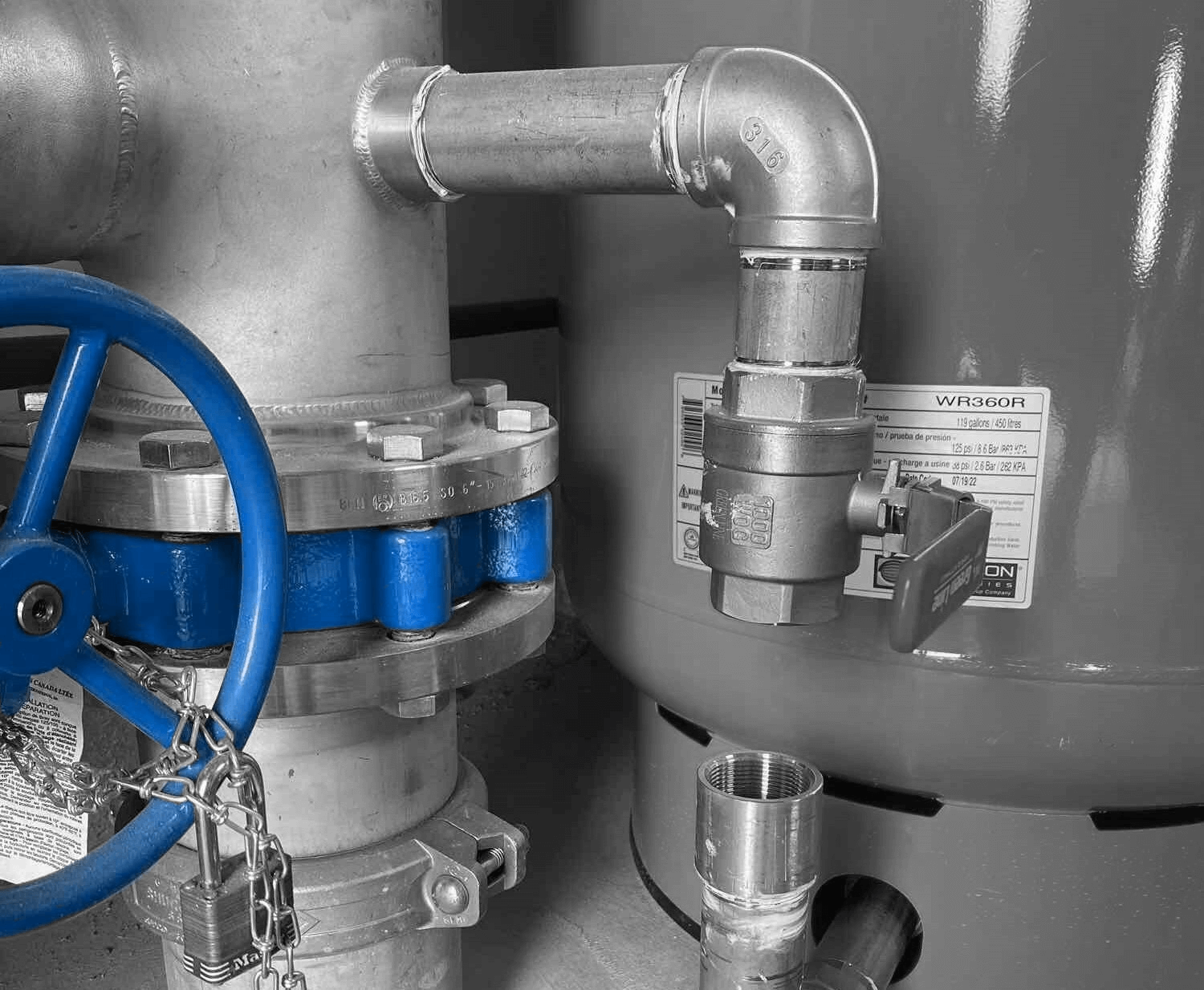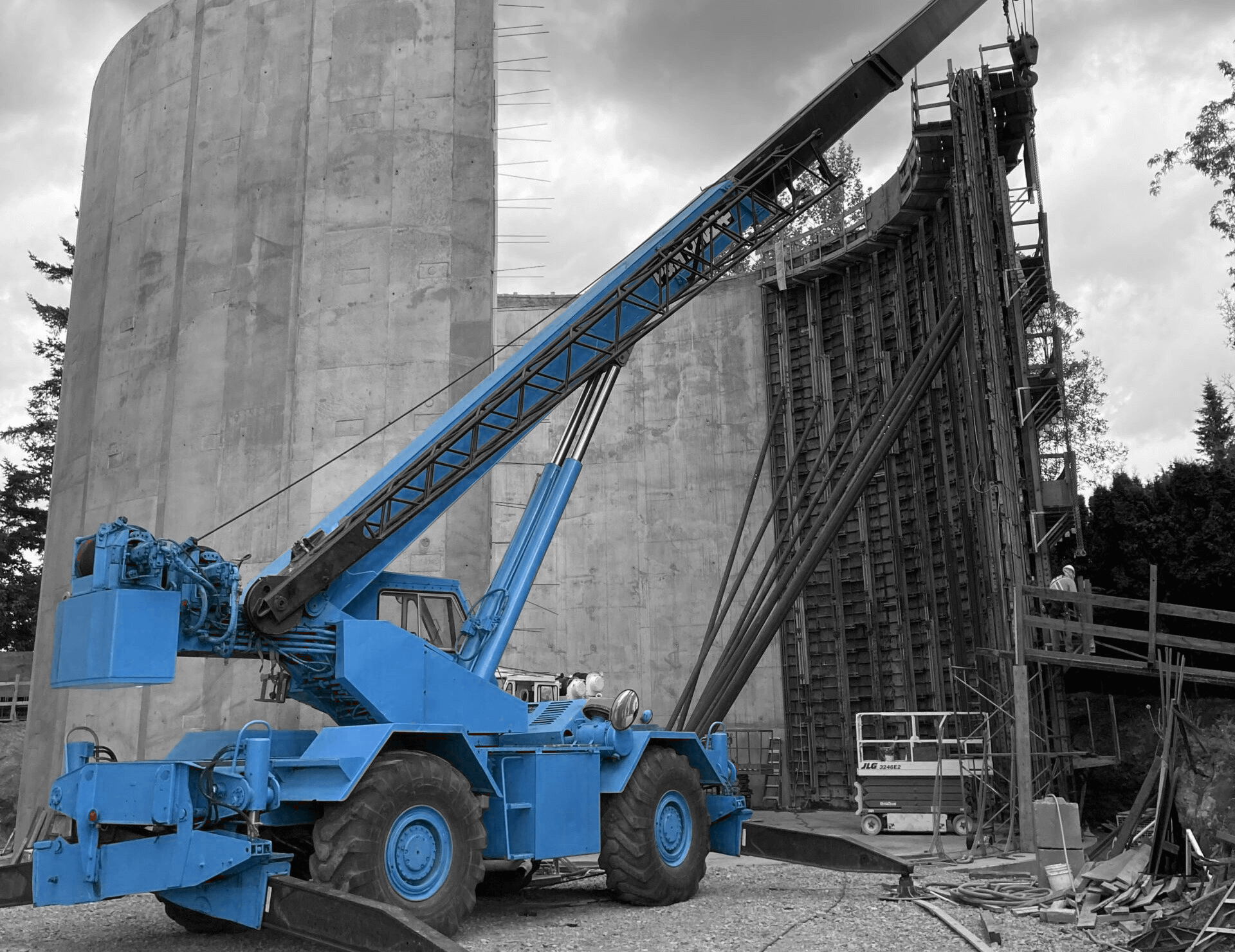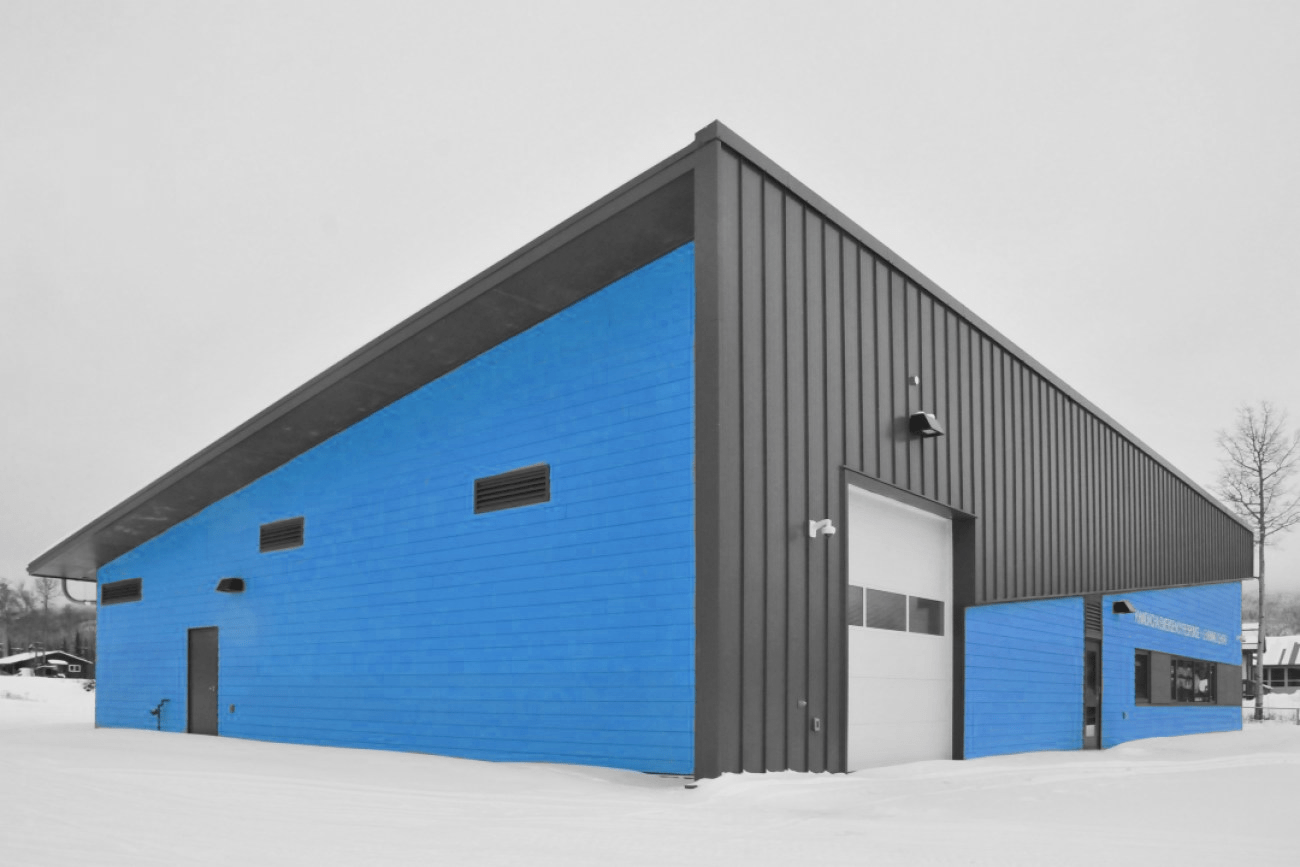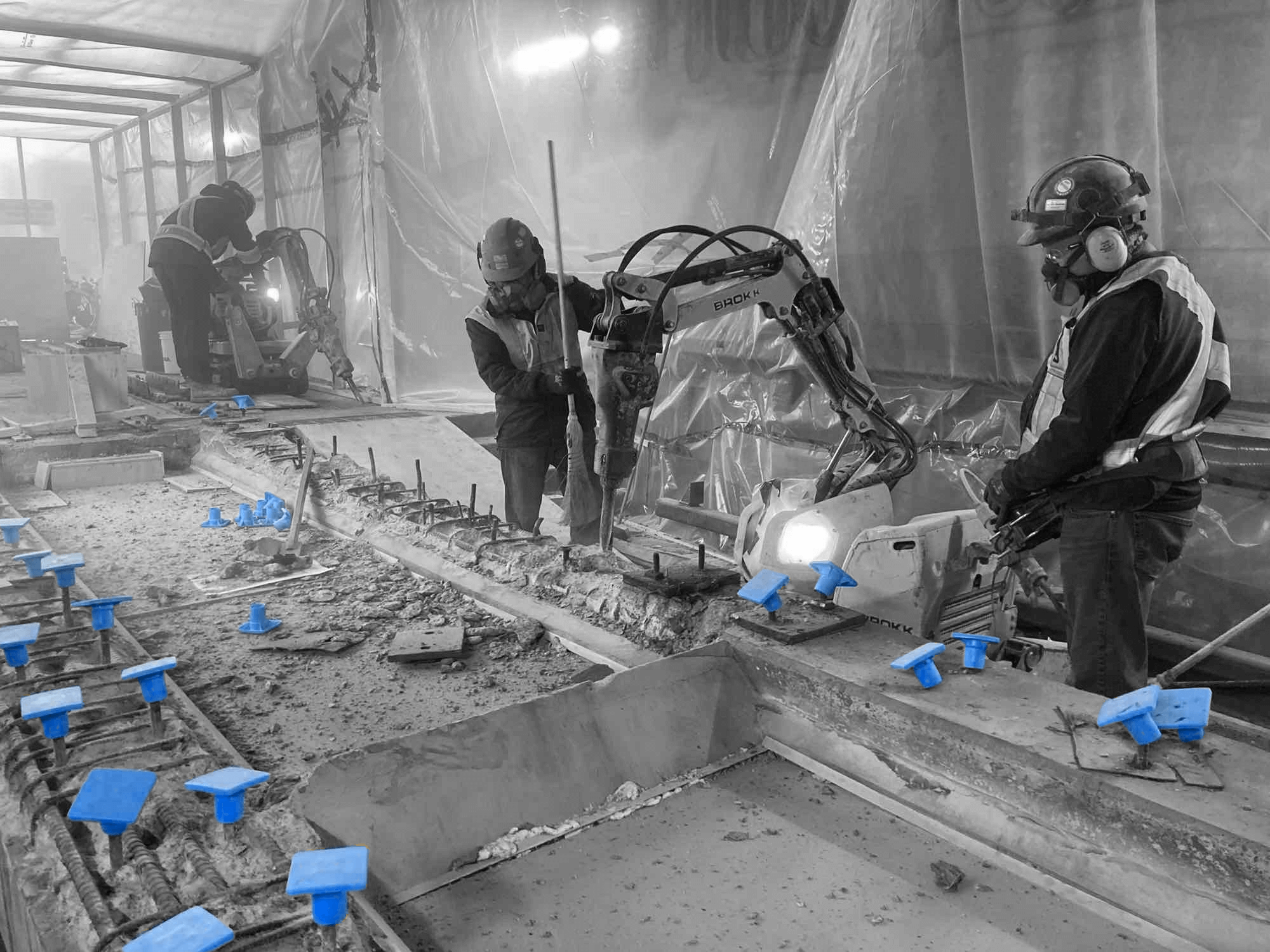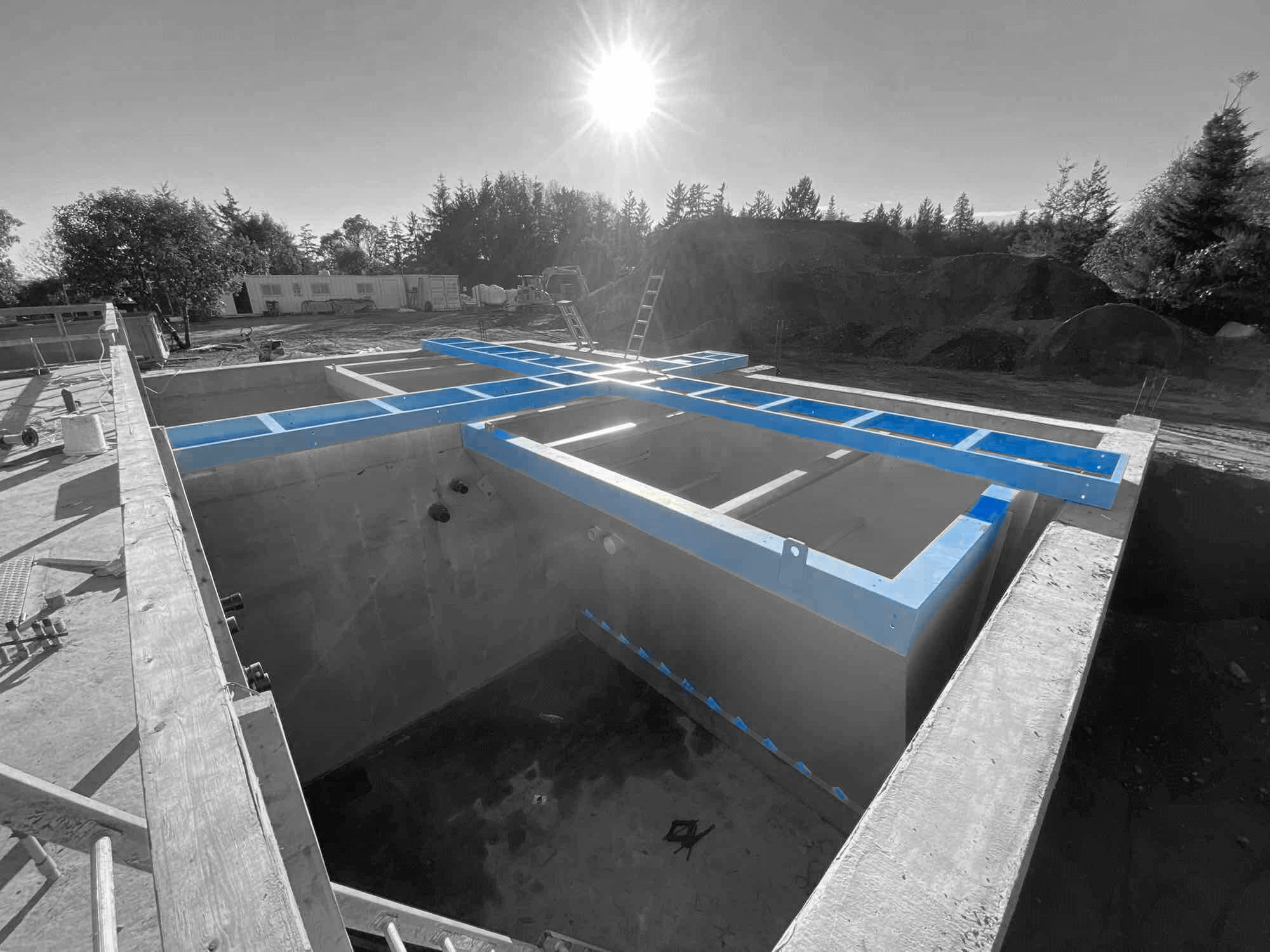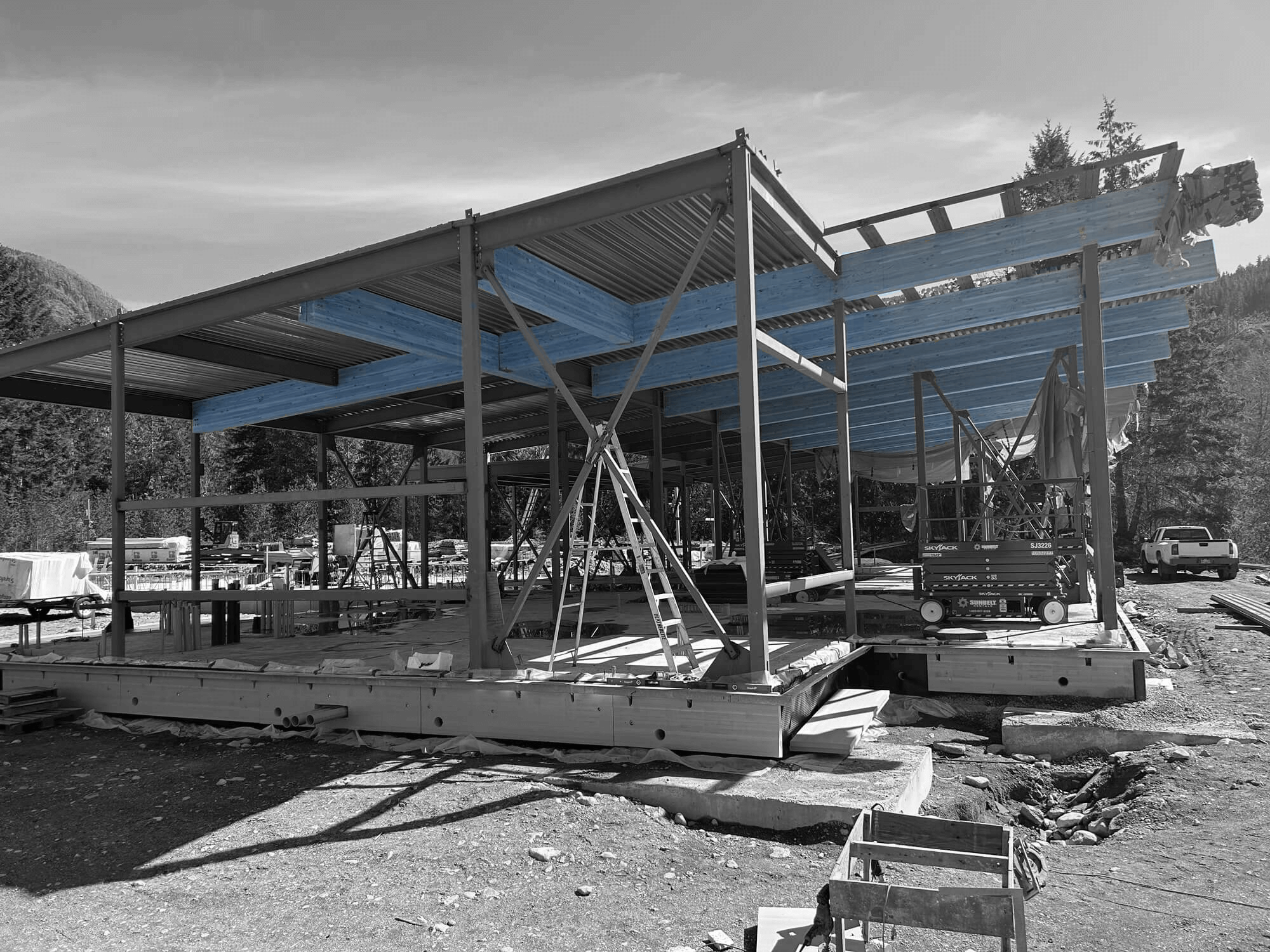EPC design-build might sound complex, but it’s a straightforward concept that combines engineering, procurement, and construction under one roof. This approach makes managing industrial projects much easier and more efficient. By having a single team handle all these stages, there’s better communication, fewer delays, and enhanced creativity.
In the industrial sector, where projects can be large and complicated, having a streamlined process is crucial. With EPC design-build, challenges like miscommunication and extended timelines are minimized. It ensures each part of the project is aligned towards a common goal, leading to projects that are finished on time and within budget.
Switching to an EPC design-build model can offer significant benefits for industrial companies. It presents an opportunity to rethink how projects are handled and to achieve better results. Understanding this approach can be a game-changer, driving industrial efficiency and boosting overall productivity.
Understanding the EPC Design-Build Approach
EPC design-build is a streamlined method for handling industrial projects. It combines three key phases: engineering, procurement, and construction, all managed by a single team from start to finish. This integration means one contract and one point of responsibility, which simplifies the process for project owners.
Here’s how it works:
- Engineering: The process begins with thorough planning and design. Engineers work to create efficient, cost-effective designs that meet the project’s specific needs. This step ensures that all technical details are addressed from the beginning.
- Procurement: After finalizing the design, the team procures all necessary materials and equipment. Having a dedicated procurement process ensures cost savings, as the team can source materials at competitive prices.
- Construction: With the design and materials ready, construction begins. The same team oversees this phase, ensuring the design is translated accurately into the physical structure. Consistent oversight minimizes errors and delays.
The EPC design-build approach links these phases seamlessly, ensuring clear communication throughout the project. This method reduces the risk of misunderstandings and promotes collaborative problem-solving. It’s especially useful for large industrial projects, where complexity can lead to miscommunication and inefficiency. By using EPC design-build, industries can ensure projects are completed faster and more cost-effectively, without sacrificing quality.
Key Benefits of EPC for Industrial Projects
Adopting the EPC design-build model for industrial projects offers several significant advantages. It not only simplifies project management but also enhances efficiency and outcomes.
- Faster Project Delivery: EPC projects have a quicker turnaround time. With all phases handled together, the project can progress without the delays typical in traditional models. This streamlined approach facilitates concurrent workflows, reducing idle time between stages.
- Cost Savings: Managing a single contract lowers administrative costs. The integrated approach helps in budgeting and forecasting more accurately, reducing unexpected expenses. Bulk purchasing during procurement also results in cost savings through volume discounts.
- Improved Communication: Having one team manage the entire project enhances communication. Misunderstandings are minimized because everyone is aligned with the same goals and objectives. This clarity leads to better collaboration and coordination across teams.
- Higher Quality Outcomes: The ongoing involvement of the same team ensures that the project’s quality remains consistent. Early-stage engagement helps in identifying potential issues and addressing them proactively, leading to better results.
- Risk Management: Consolidating responsibilities under one contract simplifies risk management. It allows for easier identification and mitigation of risks, reducing the likelihood of project setbacks.
By embracing the EPC design-build method, industries can enjoy these benefits, ensuring more efficient operations and successful project outcomes. This approach aligns resources and expertise toward tackling complex industrial challenges, making it an ideal choice for modern projects.
Real-World Applications in Industrial Settings
EPC design-build can transform how industrial projects are executed. Let’s explore some real-world applications that showcase its versatility across different industrial settings.
- Factory Construction and Expansion: In building or expanding factories, EPC design-build ensures that everything – from layout design to equipment installation – is handled cohesively. This approach helps maintain production schedules and minimize downtime, as all phases are managed in sync.
- Chemical Processing Plants: Chemical plants are complex with strict safety and environmental regulations. EPC design-build is ideal for these projects because of its integrated process. The method ensures that all safety requirements are woven into the design and construction stages seamlessly.
- Energy Facilities: In energy production, whether traditional or renewable sources, EPC projects ensure the facility meets all technical criteria from the onset. This reduces the risk of costly modifications during later stages, ensuring timely completion and operational efficiency.
- Mining Operations: For mining operations looking to develop infrastructure like processing plants or transport systems, EPC design-build offers a coordinated approach. This helps in tackling remote location challenges by having one team handle logistics and construction challenges.
These examples illustrate the flexibility and benefits of EPC design-build across various industrial applications. It ensures that unique industry needs are met with precision and efficiency, paving the way for successful project execution.
Addressing Common Challenges in Implementation
Implementing EPC design-build in industrial projects isn’t without its challenges. Recognizing these issues and knowing how to address them is key to successful execution.
- Initial Coordination Hurdles: Bringing together engineering, procurement, and construction under one umbrella can be daunting. Clear communication channels and detailed project planning are crucial to overcome initial coordination hurdles. Establishing routines and regular meetings fosters teamwork and clarity from the start.
- Adapting to New Processes: Traditional companies may hesitate to shift to an EPC approach due to unfamiliarity. Providing adequate training and workshops for all stakeholders can ease this transition. Demonstrating the long-term benefits helps encourage acceptance and commitment.
- Risk Management: Consolidated responsibility may bring concerns about risk management. Developing a comprehensive risk assessment plan from the beginning helps in identifying potential challenges. Regularly updating the plan keeps teams prepared, ensuring risks are managed proactively.
- Budget Management: Managing finances within a single team requires diligent budgeting. Utilizing modern project management software helps keep track of expenses and forecasts, ensuring transparency in financial processes.
By effectively addressing these challenges, industries can unlock the potential of EPC design-build models, ensuring smoother project flows and improved outcomes. Preparing for these common issues helps in maintaining the benefits of this innovative approach.
Conclusion
EPC design-build offers a robust solution to managing industrial construction projects efficiently. By integrating engineering, procurement, and construction into one seamless process, industries benefit from faster project delivery, cost savings, and improved quality. This approach stands out as a game changer, addressing traditional challenges faced by complex projects.
Real-world applications across different sectors demonstrate EPC’s flexibility, showcasing how it ensures projects are customized to meet specific industry needs. While implementation poses some challenges, having clear strategies and planning helps in overcoming them smoothly.
As industrial needs continue to grow, adopting the EPC design-build model becomes even more relevant. This method not only aligns with modern demands but also ensures efficient use of resources and high-quality results. For industries looking to enhance their project execution, this approach represents a practical and effective path.
If you’re ready to explore how EPC design-build can transform your projects, Industra Construction Corp. is here to assist. Our expert EPC contractors are equipped to tackle complex industrial challenges and deliver exceptional results. Contact us today to start your journey towards streamlined and successful project completion.


